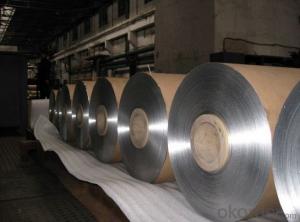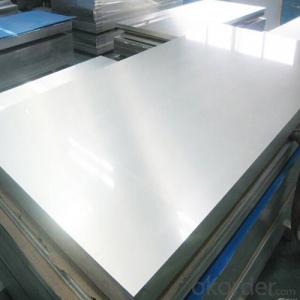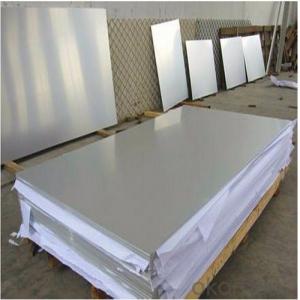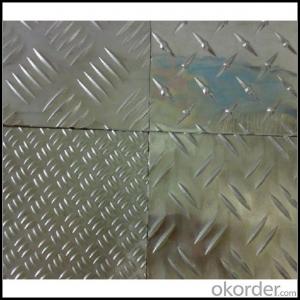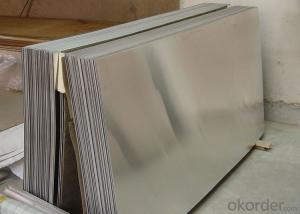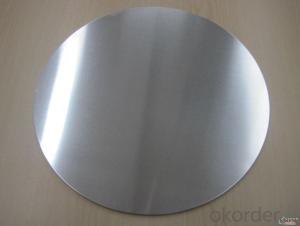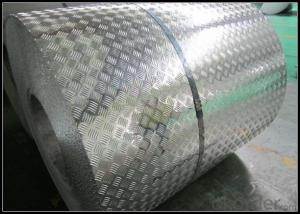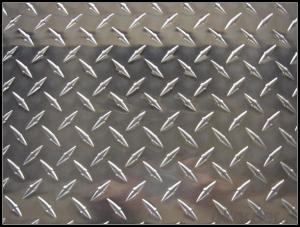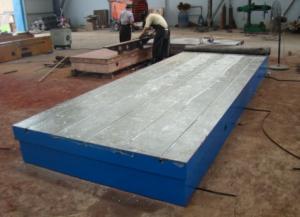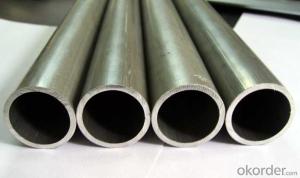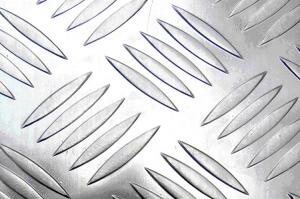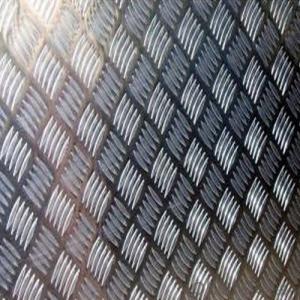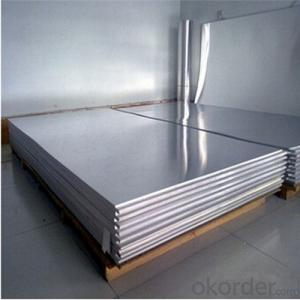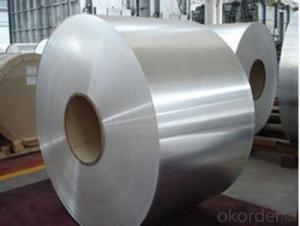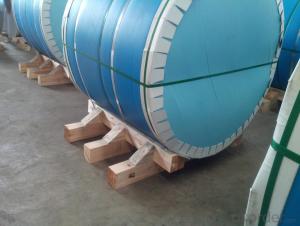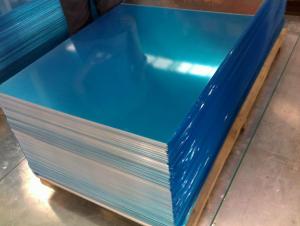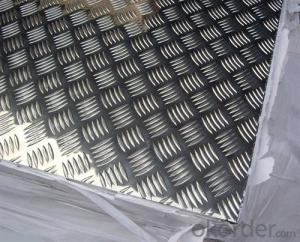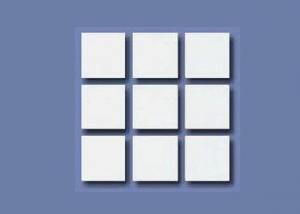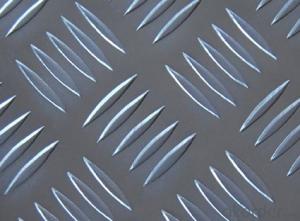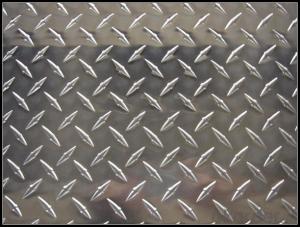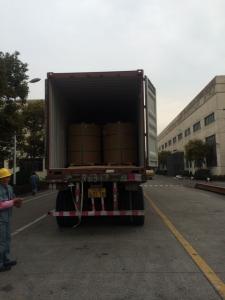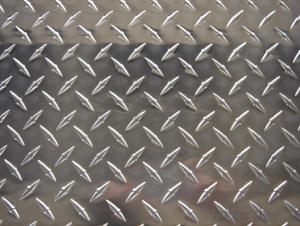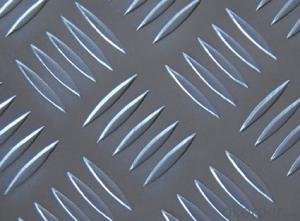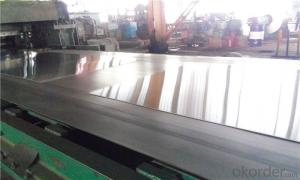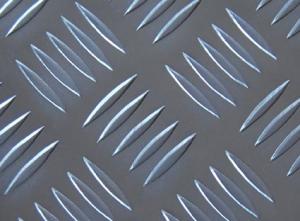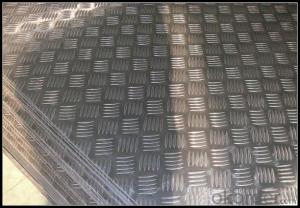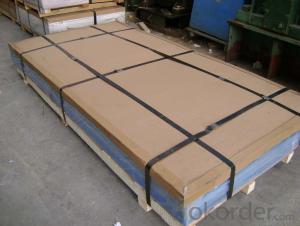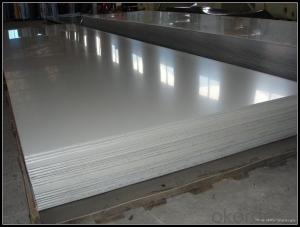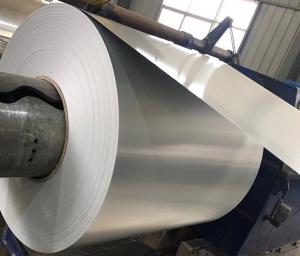5000 Series Cast Aluminum Plate
5000 Series Cast Aluminum Plate Related Searches
5000 Series Aluminum Plate 5005 Aluminum Plate Aluminum Cast Plate Atp 5 Cast Aluminum Plate 5083 Cast Aluminum Plate Atp-5 Cast Aluminum Plate 5mm Aluminum Plate 5mm Thick Aluminum Plate 5 Aluminum Plate Aluminum Plate 5mm 5 16 Aluminum Plate Aluminum 5th Wheel Plate Aluminum Fifth Wheel Plate 5454 Aluminum Plate 0.5 Aluminum Plate 5 Bar Aluminum Plate Alca 5 Aluminum Plate 5 8 Aluminum Plate Atp 5 Aluminum Plate Cast Aluminum Tooling Plate 5052 Aluminum Plate 5052 0 Aluminum Plate Cast Aluminum Jig Plate 5 Bar Aluminum Diamond Plate T5mm Aluminum Plate 5086 Aluminum Plate 5/8 Aluminum Plate 5/16 Aluminum Plate 5754 Aluminum Plate Cast Aluminum License Plate5000 Series Cast Aluminum Plate Supplier & Manufacturer from China
The 5000 Series Cast Aluminum Plate is a popular choice among various industries due to its excellent corrosion resistance and formability. This series of aluminum plates is widely recognized for its strength and durability, making it a preferred material for numerous applications. The 5000 Series Cast Aluminum Plate is particularly favored in environments where resistance to saltwater corrosion is essential, such as marine applications, chemical processing, and transportation sectors.The 5000 Series Cast Aluminum Plate finds its usage in a broad range of applications, including shipbuilding, storage tanks, and heat exchangers. Its versatility allows it to be utilized in both structural and non-structural components, offering a reliable solution for a multitude of engineering challenges. The plates are also used in the manufacturing of automotive parts, such as engine components and body panels, due to their lightweight and high-strength properties.
As a leading wholesale supplier, Okorder.com boasts a vast inventory of 5000 Series Cast Aluminum Plate, ensuring that customers have access to a comprehensive selection of sizes and grades. This extensive stock enables Okorder.com to cater to the diverse needs of industries that rely on the exceptional qualities of this aluminum plate, providing them with a reliable source for their material requirements.
Hot Products
